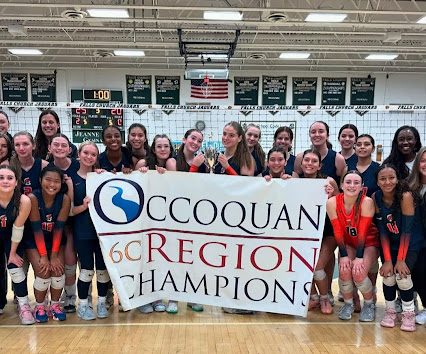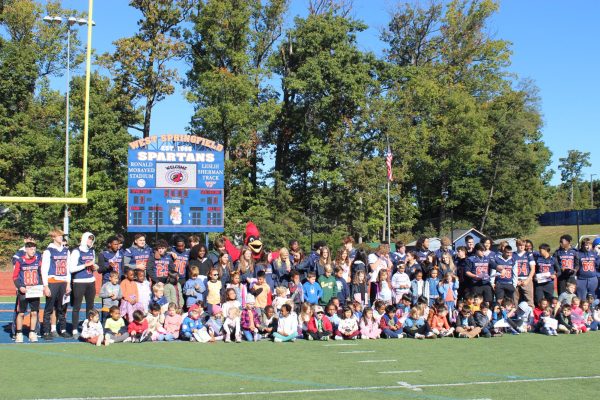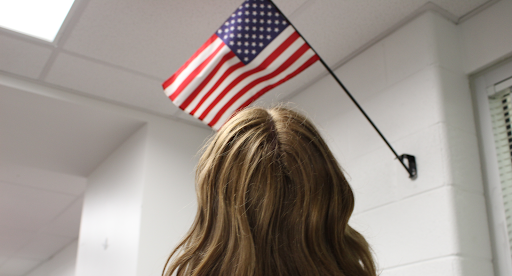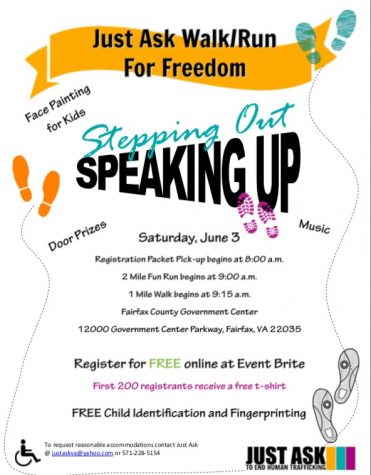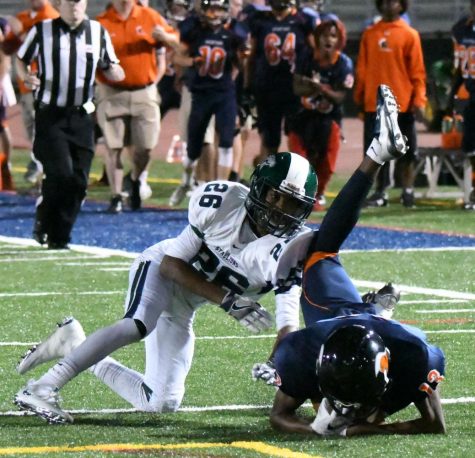Changing the way we share news
What’s black and white and read all over?
A newspaper! Very few high school students actually read physical newspapers, however, but instead get their news online or via apps that direct users towards the stories they’re interested in faster. As the up-and-coming generation is going paperless and doing everything online it is no wonder why social media sites are becoming most high school students’ first choice for breaking news.
“Usually I find [information on] my phone and it is easy to open my phone and have the information already there; instead of having to go and find it somewhere else,” said freshman Darby Robinson.
When a teenager goes online or on his phone to check Twitter or Facebook, that is usually when he finds out important information. As more and more of the population begins to use online resources to get material about the world today, the newspaper is getting less popular. Nearly all big name newspapers are “going digital.” You can download the daily newspaper on a phone with a click of a button.
“I have most of the big newspapers’ apps on my phone including the BBC app,” said junior Declan Caldwell, “I go on [apps to read the newspaper] whenever my phone gets boring.”
Aside from just using social media, nearly all publications are online in some form and it is simply making news more and more accessible for anyone who may want to find it.
“Just being able to read a newspaper online is just easier for me because I can basically [check] my phone whenever. Instead of having to carry a newspaper around everywhere,” said Robinson.
Facebook has taken it father than just having a news section that you can click through, now Facebook users can read their timeline and get a personalized newspaper. A reader can check boxes for all the information, writer and political views they want to see on their timeline. But there are some major drawbacks from a reader only getting information that he wants to hear.
“The reader would only be getting [his] viewpoint in what he reads and would never be challenged so wouldn’t ever change his mind or even question it,” said Caldwell.
When one reads or sees information most will assume that it is true. This is an effect of the general idea that people are just looking for an easy answer to any question that they need to be answered.
“I have gotten into the habit believing everything I see even though I try not to; I’m just used to it,” said sophomore Sarah Snow.
The things that should make someone believe what they read is often not what actually impacts people’s opinions of the reality of what they just read. Common sense also really helps to avoid ending up on a date with someone claiming to be a “French model”.
“When [a publication] puts out percentages and facts that support their opinion, that will lead me to believe it more,” said sophomore Noah Sogocio, “I can usually tell when something is true or not.”
And then there are those few high school students who still read a hard copy of a newspaper. Even with all the new advances in technology and conveniences you can’t beat holding it in your hand.
“I even sometimes read the Oracle,” said senior Josh Zeeman.

